Launch date 11 (2009Z) UTC Berthed 11 (2009) at P3 truss | Mass 6,278 kg | |
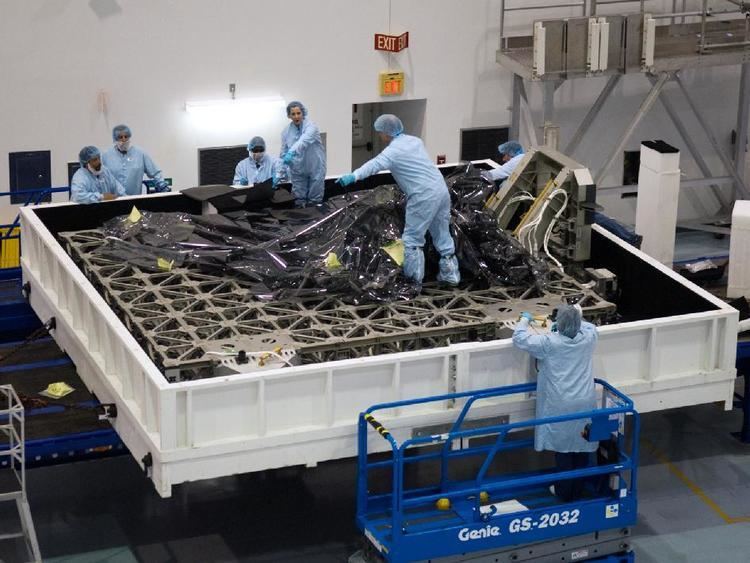 | ||
Similar Leonardo, Unity, Nauka, Poisk, Harmony | ||
Sts 129 atlantis express logistics carriers 1 and 2
An ExPRESS logistics carrier (ELC) is an unpressurized attached payload platform for the International Space Station (ISS) that provides mechanical mounting surfaces, electrical power, and command and data handling services for Orbital Replacement Units (ORUs) as well as science experiments on the ISS. ("ExPRESS" stands for Expedite the Processing of Experiments to the Space Station.) The ELCs were developed primarily at the Goddard Space Flight Center in Greenbelt, Maryland, with support from JSC, KSC, and MSFC. ELC was formerly called "Express Pallet" and is the unpressurized counterpart to the pressurized ExPRESS Rack. An ELC provides scientists with a platform and infrastructure to deploy experiments in the vacuum of space without requiring a separate dedicated Earth-orbiting satellite.
Contents
- Sts 129 atlantis express logistics carriers 1 and 2
- Sts 134 installation of express logistics carrier 3
- Description
- Electrical subsystem ExPRESS carrier avionics ExPCA
- ELC launch schedule
- ELC 1
- ELC 2
- ELC 3
- ELC 4
- References
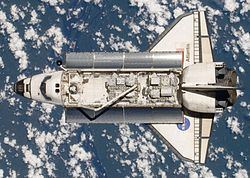
ELCs interface directly with the ISS integrated truss common attach system (CAS). The P3 Truss has two such attach points called Unpressurised Cargo Carrier Attachment System (UCCAS) mechanisms, one facing zenith (space facing) called UCCAS-1, the other facing nadir (earth facing) called UCCAS-2. Whereas the S3 Truss has four similar locations called Payload Attachment System (PAS) mechanisms, two facing Zenith (PAS-1 and PAS-2), and two facing Nadir (PAS-3 and PAS-4).
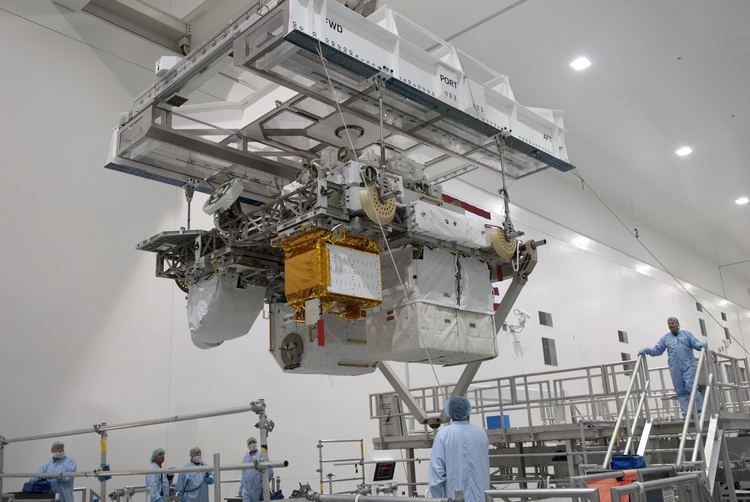
Sts 134 installation of express logistics carrier 3
Description
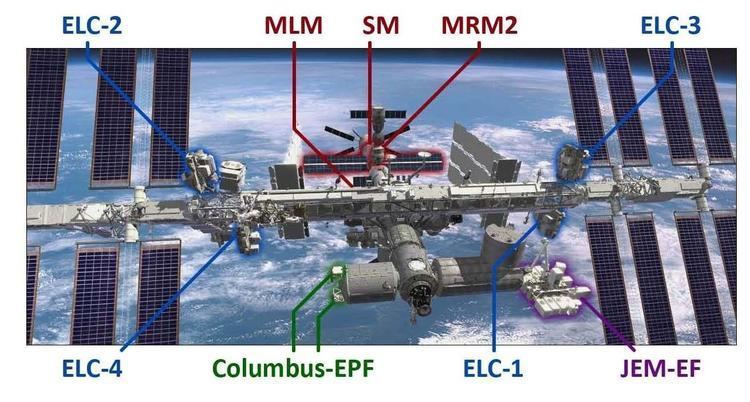
The ELC is an un-pressurized attached payload project for the International Space Station (ISS) that provides mechanical mounting surfaces, electrical power, and command and data handling services for science experiments on the ISS. ("ExPRESS" stands for “expedite the processing of experiments to the Space Station”.) The ELCs have a deck size of about 14 feet by 16 feet and spans the width of the space shuttle’s payload bay. Each one is capable of providing scientists with a platform and infrastructure to deploy experiments in the vacuum of space without requiring a separate dedicated Earth-orbiting satellite. Each carrier is capable of carrying 9,800 lbs. to orbit and will also serve as parking fixtures for spare ISS hardware which can be retrieved when needed.
Electrical subsystem ExPRESS carrier avionics (ExPCA)
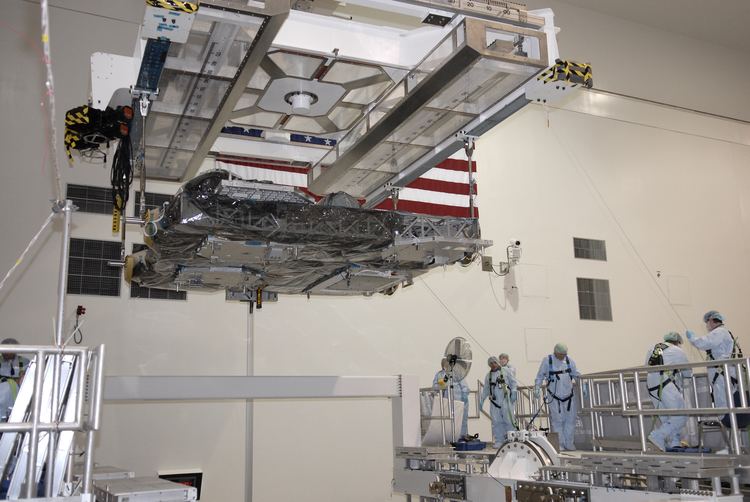
Within the electrical subsystem of the ELC, the ExPRESS carrier avionics (ExPCA) provides electrical power distribution to experiments, and data interfaces to the ISS. Within the ExPCA, the ColdFire-based flight computer, software, and related electronics comprise its "flight controller unit" (FCU). The FCU runs the free open-source real-time operating system (RTOS) RTEMS and provides the computing and communication resources as an ELC Command and Data Handling (C&DH) system with the following major goals:
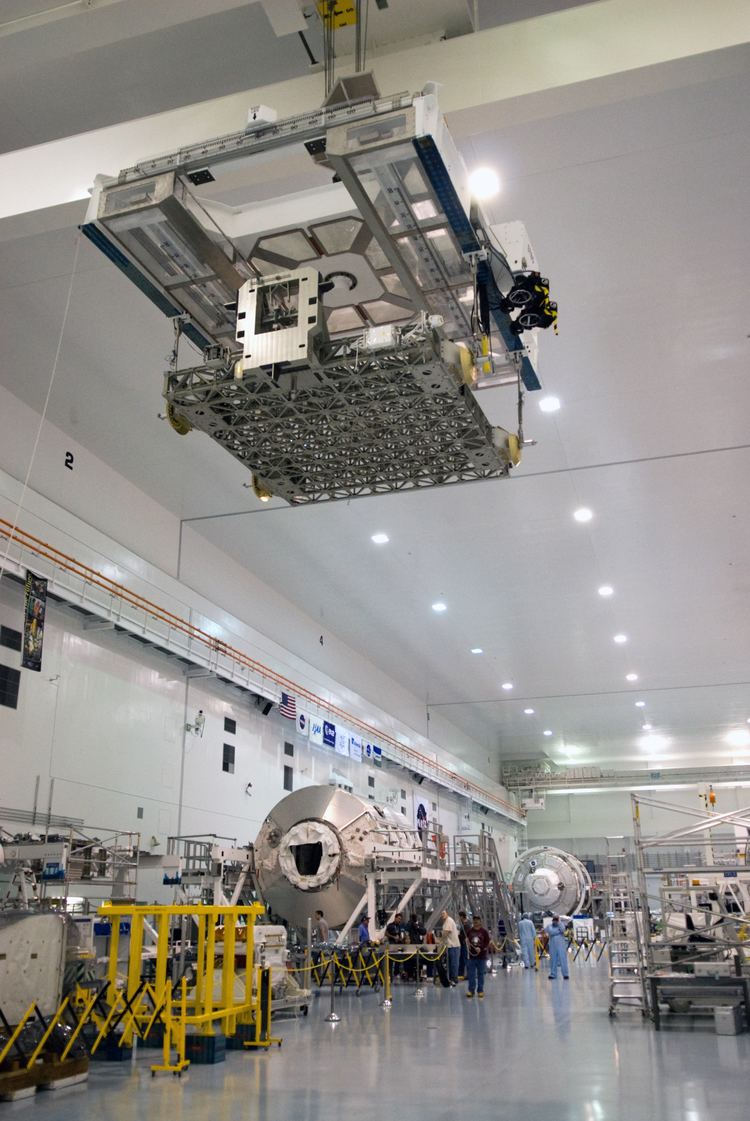
Manifested on ELC-2 was the first ELC-based payload, Materials for ISS Experiment (MISSE-7).
ELC launch schedule
ELC-1 and ELC-2 were transported to the International Space Station by Space Shuttle Atlantis on mission STS-129 in November 2009. ELC-4 launched on mission STS-133 Discovery on 24 February 2011 and was installed on the station on 27 February. ELC-3 launched on mission STS-134 Endeavour on 16 May 2011 and was installed on the station on 18 May.
The Alpha Magnetic Spectrometer occupies the mounting location intended for ELC-5 on the ISS truss.
ELC-1
ELC-1 is located on the P3 truss at the UCCAS-2 (nadir, earth facing) site. ELC-1 weighs approx. 13,840 lbs. A FRAM is a Flight Releasable Attachment Mechanism.
ELC-2
ELC-2 is located on the S3 truss at the PAS-1 (zenith, space facing) site, alongside AMS-2 at PAS-2. ELC-2 weighs approx. 13,400 lbs.
ELC-3
ELC-3 is located on the P3 truss at the UCCAS-1 (zenith, space facing) site. ELC-3 weighs 14,023 lbs.
ELC-4
ELC-4 is located on the S3 truss at the PAS-4 (nadir, earth facing) site, alongside ESP-3 at PAS-3. ELC-4 weighs 8,235 lbs.
